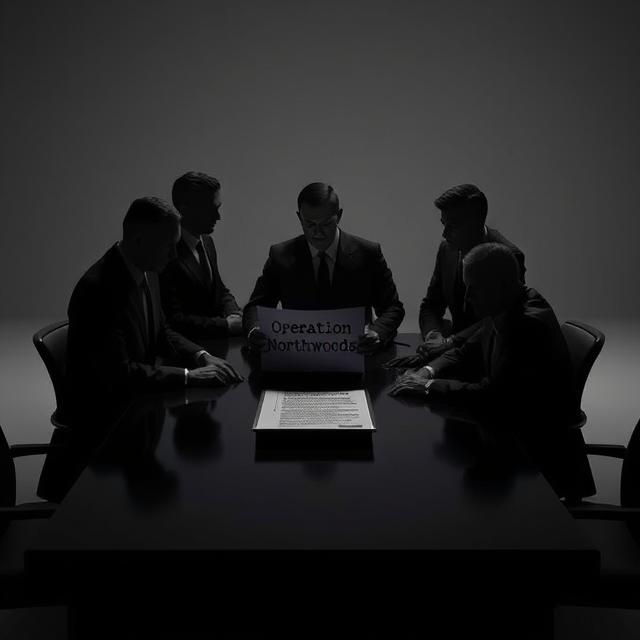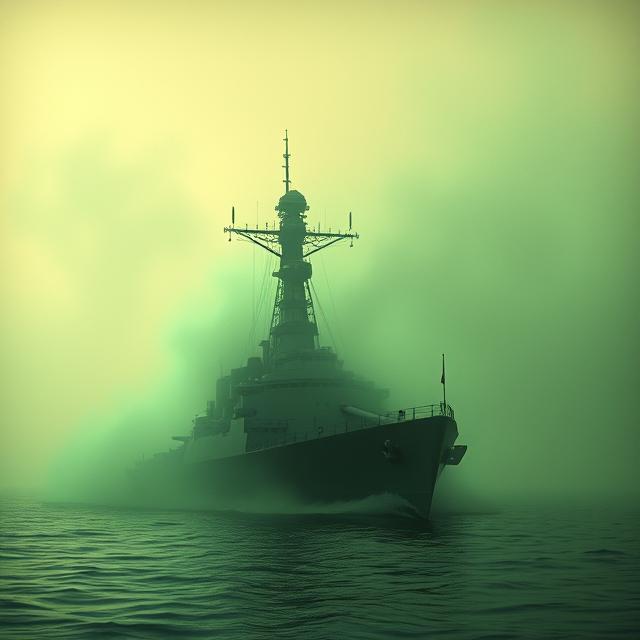In the early 1960s, at the height of the Cold War and the escalating tensions with Fidel Castro’s Cuba, a top-secret plan was proposed within the highest echelons of the U.S. government that, had it been implemented, would have been an act of unimaginable treachery. Operation Northwoods, as it was codenamed, was a series of proposals that involved staging acts of terrorism on American soil, including bombings, hijackings, and even manufactured casualties, all with the intent of falsely attributing these attacks to Cuba. The chilling goal was to create public support for a military invasion of the island nation. The fact that this plan was seriously considered, though ultimately rejected by President John F. Kennedy, remains a deeply unsettling chapter in American history, raising profound questions about the limits of government power and the potential for deception in the name of national security.
The primary architects of Operation Northwoods were high-ranking officials within the Department of Defense, particularly the Joint Chiefs of Staff. The plan, formally titled “Justification for U.S. Military Intervention in Cuba,” was presented to Secretary of Defense Robert McNamara in March 1962. The document itself, declassified in the 1990s, reads like a chilling blueprint for state-sponsored terrorism.
The proposed operations included:
- Staging fake terrorist attacks in U.S. cities: This involved bombing government buildings, sinking ships, and even orchestrating shootings, all with the intent of blaming these acts on Cuban agents.
- Creating fabricated “evidence” of Cuban aggression: This included planting false documents, spreading disinformation, and even manipulating media coverage to portray Cuba as an imminent threat to the United States.
- Hijacking American aircraft: The plan suggested hijacking civilian airplanes and then falsely attributing the hijackings to Cuban operatives. This could have involved the potential loss of American lives.
- Sinking refugee boats: The proposal included sinking boats carrying Cuban refugees and then blaming the Cuban government for the deaths.
- Manufacturing a “Cuban” attack on a U.S. military base: The plan considered staging an attack on the U.S. naval base at Guantanamo Bay, Cuba, and then using this fabricated incident as a pretext for war.
The motivations behind Operation Northwoods were rooted in the escalating Cold War tensions and the U.S. government’s desire to remove Fidel Castro from power. The failed Bay of Pigs invasion in 1961 had been a significant embarrassment for the Kennedy administration, and the Joint Chiefs of Staff were eager to find a way to justify a more direct military intervention.
The plan was predicated on the belief that the American public would not support a military invasion of Cuba without a strong and convincing justification. Operation Northwoods was designed to manufacture that justification, even if it meant sacrificing American lives and undermining the very principles of democracy it claimed to defend.
The fact that such a plan was even considered within the highest levels of the U.S. government is deeply disturbing. It reveals a willingness to engage in extreme measures, including the potential killing of American citizens, to achieve a political objective. The ethical and moral implications of Operation Northwoods are staggering.
Fortunately, President John F. Kennedy ultimately rejected the plan. While the precise reasons for his rejection are not fully documented, it is likely that he recognized the moral repugnance and the potential for disastrous consequences if such a scheme were to be exposed.
Despite its rejection, the revelation of Operation Northwoods in the 1990s sent shockwaves through the American public. The declassified documents confirmed the existence of a plan that many had previously dismissed as a conspiracy theory. The implications of this revelation continue to be debated and discussed.
The Operation Northwoods incident raises fundamental questions about government accountability, transparency, and the potential for abuse of power in the name of national security. It serves as a cautionary tale about the dangers of unchecked authority and the importance of safeguarding democratic principles, even in times of crisis.
The long-term impact of Operation Northwoods is a lingering sense of distrust in government. The knowledge that such a plan was seriously considered, even if ultimately rejected, has contributed to a climate of skepticism and suspicion regarding official narratives and justifications for military action.
The incident also highlights the power of historical documentation and the importance of government transparency. The declassification of the Operation Northwoods documents allowed for public scrutiny and a more complete understanding of this disturbing episode.
Operation Northwoods remains a chilling reminder of a moment in American history when the pursuit of political objectives nearly led to a betrayal of the very values the nation claimed to uphold. The fact that such a plan was conceived, though ultimately thwarted, serves as a potent warning about the potential for government overreach and the enduring need for vigilance in protecting democratic ideals. The ghosts of what might have been continue to haunt the corridors of power, a silent testament to a plan that, thankfully, never came to pass.
Want to explore the shadows even deeper? For more chilling cases like this, visit SinisterArchive.com, where the legends are real.



